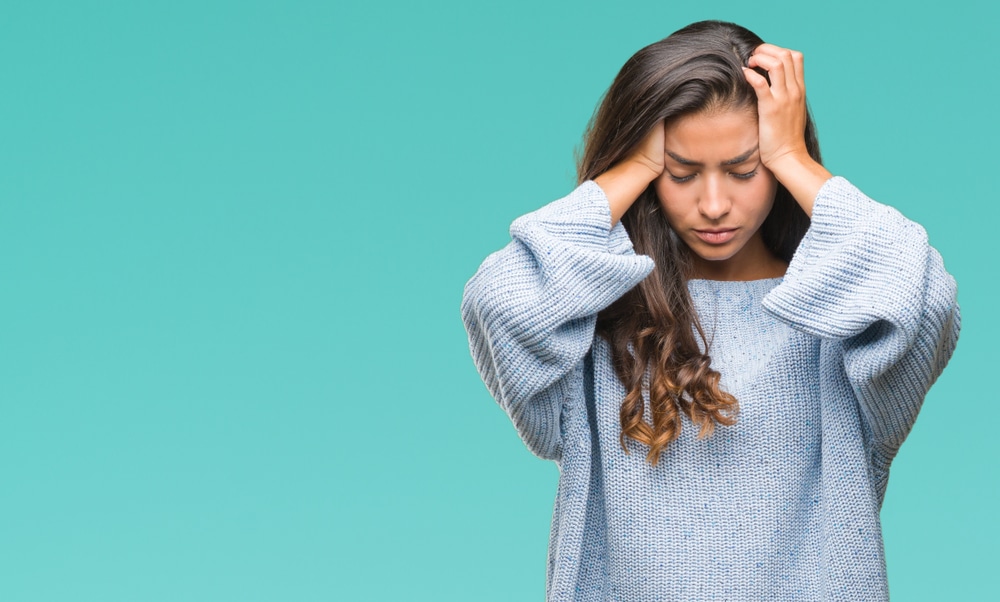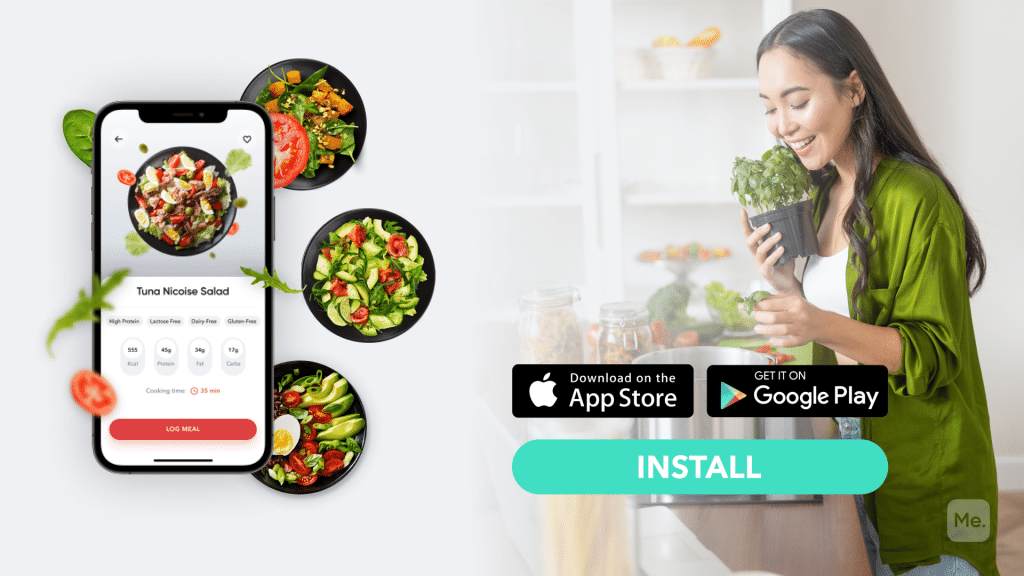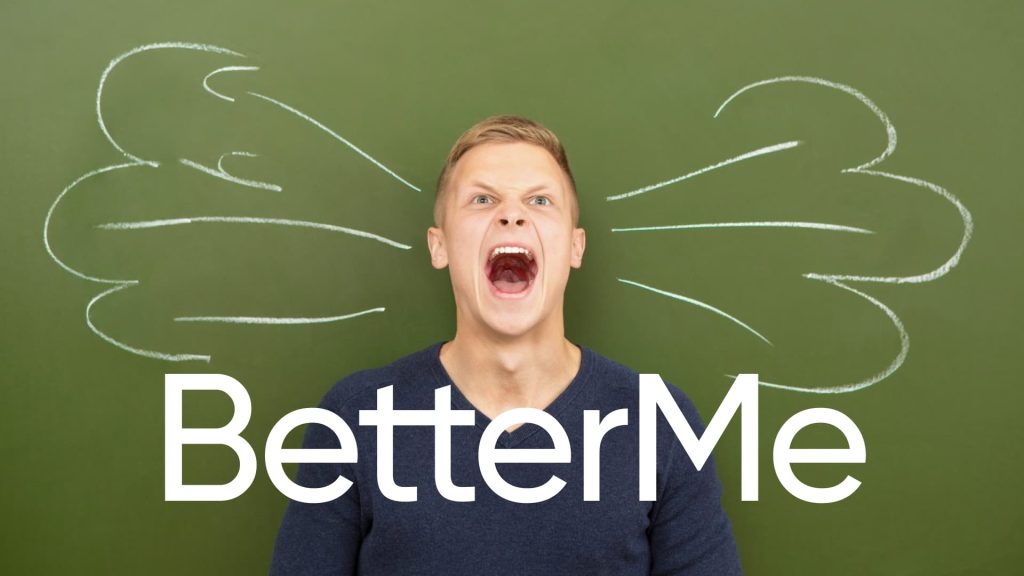Almost everyone in the world has experienced a headache at some point in their life. It is a common health problem experienced by individuals in all age groups and may be caused by different causes. One thing we can all agree on is that they are not fun. They can be overwhelming for some, while in others, the pain may subside naturally. Unfortunately, for those with excessive pain the common practice is to look for headache treatment alternatives. One of the recommended interventions is the consumption of foods that help with headaches.
Get your personalized
meal plan!
Surprisingly, most people are not aware that consuming various foods can help treat multiple health conditions, including headaches. On this thought, this article will discuss the six best foods that help with headaches. We will analyze the properties that enable them to alleviate the headaches and look at ways to incorporate them into your diet plan. That said, let us get started!
Can Food Help With Headaches?
There is a saying that food is one of the best medicines. It truly is, as has been proven by science. Experts acknowledge that consuming various foods could help mitigate headaches. However, they also state that other specific foods may trigger these headaches. But before we look at these foods, let us first start by acknowledging that there are different types of headaches.
All these headaches are caused by different factors, meaning treatment for each may slightly differ. Here are the most common types of headaches:
 Tension-Type Headaches
Tension-Type Headaches
This is the most popular type of headache reported by most people. The pain arising from this headache occurs gradually and is most common around midday. These types of headaches may be classified into two kinds:
Episodic: As the name suggests, this means that the pains arise in episodes. According to Medical News Today, these attacks last for a few hours (4). However, in some circumstances, they may last for a few days.
Chronic: When we hear of the term chronic, we tend to think more long-term. Chronic tension-type headaches mean they are experienced for a longer duration. They may occur fifteen or more days every month for a period of three months (4).
Symptoms: If you have this type of headache, you may experience the following (4):
- A constant, dull ache on both sides of your head
- A feeling as if you are wearing a tight band on your head
- Pain spreading to or from your neck
Read More: Vitamins For Energy And Tiredness: Benefits, And Which Foods To Eat
 Migraines
Migraines
Migraines are another type of head attack you may experience more often on one side of your head. However, the pain may switch sides, making you experience a pulsating and throbbing pain on either side.
These are the second most popular type of headaches after the tension type. They can have a profound impact on the quality of your life, of which needs to be addressed as soon as possible. When experiencing a migraine, you may also report (4):
- Increased sensitivity to sound and light
- Lightheadedness
- Nausea, and in some cases, vomiting
- Sensory disturbances like changes in vision, which is referred to as an aura
 A Cluster Headache
A Cluster Headache
These attacks last anywhere between fifteen minutes and three hours (4). They may occur one to eight times in a single day. Similarly, they may frequently arise for one to three months and then disappear (4). Believe it or not, these attacks happen around the same time every day.
Usually, an individual will report no symptoms during these clusters. This might explain why most people may not be aware of their existence, making the remission periods last for months or even years (4).
Nonetheless, these attacks are associated with several symptoms, which you need to watch out for. According to Medical News Today, these signs include (4):
- Pain around one eye
- A drooping eyelid
- A runny or blocked nose
- Tearing or redness in the eye
- A smaller pupil in one eye
- Short-term but intense pain
- Facial sweating
 Thunderclap Headache
Thunderclap Headache
Judging from the name, it is safe to assume that these attacks are more intense, just like thunder. This is undoubtedly the case, which is why Medical News Today classifies these attacks among the worst headaches (4).
According to Medical News Today, you may reach a maximum pain intensity in less than a minute, which could last for more than five minutes (4). It is for this reason that these attacks are classified as secondary headaches. Experts acknowledge that they may be signifying more fatal health conditions, some of which include (4):
- Bleeding in the brain
- A blood clot in the brain
- Meningitis
- Pituitary apoplexy
- An aneurysm
- Reversible cerebral vasoconstriction syndrome
This knowledge of the different types of headaches is vital as some foods are better suited for specific attacks. So, before you even consume the suggested foods, first try to understand the type of headache you are experiencing. Next, you can jot down the signs and symptoms you are reporting and then go through them with your healthcare provider. These professionals are at a better advantage in distinguishing these attacks.
Want to build an attention-grabbing bubble butt, blast away fat that’s stored in all the wrong places, spring-clean your diet, turn back the clock on your skin, skyrocket your self-confidence and shatter your insecurities? Check out the BetterMe app and set this plan in motion!
 How To Get Rid Of Headaches
How To Get Rid Of Headaches
Of course, most people are only aware of two common headache treatment methods. These include rest and the consumption of pain relief medication. There is nothing wrong with these interventions, so long as a physician has recommended them.
This means that you can self-prescribe a pain relief medication no matter how intense your headaches are. However, bear in mind that safe medication use entails taking drugs that have been prescribed by a healthcare professional.
One other intervention that most people forget about, yet is highly effective in headache treatment is healthy eating. There are some specific foods you can add to your eating plan that can help relieve headaches. Let us take a look at some of the most popular natural foods that help with headaches.
6 Foods That Help With Headaches
Trust me; this list does not contain any food that you have not heard of before. You will be surprised that probably all or most of these foods are even in your fridge or food cabinet. These foods include:
Bananas
A healthy eating plan is not complete if it does not incorporate fruits. One of the best fruits to eat to help relieve or stop headaches is bananas. These simple and easily accessible fruits are excellent food options, especially if you are experiencing a migraine.
According to experts, they have high magnesium levels and are an excellent energy recovery option (2). Lest we forget, they also have a high water content that helps fight dehydration, another contributor to headaches.
Eating bananas also has other health benefits, all of which stem from its high nutritional profile. For example, it could lead to the following (2):
- Reduced stroke risk due to the high potassium content.
- Improved muscle performance, prevention of kidney stones, and healthy bones due to high potassium levels.
- Reduced cholesterol levels, blood pressure, and inflammation due to high fiber content.
- (IBS), and improved yeast and urinary tract infections (UTIs) due to the probiotics content.
- Diabetes management due to its moderate carbohydrate content.
- Improved metabolism and brain and immune system development in infants when taken during pregnancy following its high vitamin B-6 content.
- Improved immune system and enhanced healing properties, due to its vitamin C content.
These are just to mention but a few of the health benefits associated with eating bananas, whether or not you have a migraine. It is pretty easy to incorporate them into any diet plan as most meal plans advocate for fruit consumption. However, it is always best to consult with a licensed nutritionist or dietitian before making any dietary changes. Some of the ways you can consume bananas include:
- Eating it as it is, especially as a snack option
- Having in a smoothie, for example, in a strawberry-banana smoothie
- Having it in a fruit salad
- Having it in a peanut butter-banana sandwich
- Using it as the primary ingredient in foods such as banana muffins and banana bread
Read More: Are Bananas Good For Weight Loss: Don’t Let Their Carb Content Put Your Off
 Salad Dressings And Sauces
Salad Dressings And Sauces
You can also prevent migraines by having several salad dressings and sauces. Note that we could have said specific and not all types of sauces or salad dressings. According to Medical News Today, some of the recommended salad dressing and sauces that help with these attacks include (6):
- Homemade ranch dressings
- Homemade dips that have used fresh ingredients instead of artificial flavorings
- Salad dressings that utilize oil and distilled white vinegar
If you are not sure how to prepare any of these dressings, it is best to seek help from a professional. Remember that every food contains calories, and ignoring the calorie aspect of these dressings may tamper with your fitness goals.
As mentioned earlier, you need to keep away from several types of dressings, some of which include (6):
- Bottled salad dressings
- Pre-packaged dips, such as alfredo sauce, salsa, or mustard sauce
You are advised to keep away from these two salad dressings and dips because they contain additives and preservatives that may result in migraines (6). Keep in mind that some foods trigger headaches. So, always read your labels to double-check if your dips and dressing contain additives. Some additives you need to stay away from entirely to prevent migraines include nitrites, MSG, and aspartame (6).
Some dressings may require you to use or add cheese. For example, be very careful with a salad dressing recipe that asks you to use aged cheese. According to Medical News Today, this and red wine may trigger migraines, so it is best if you avoid them (6).
You can always have salad dressings as snack options. However, as always, talk to your dietitian for better insight into incorporating them into your nutrition plan. These professionals will also recommend healthy servings that align with your health goals.
 Meat
Meat
You can also eat meat in case you are looking for food to relieve headaches. However, not any kind of meat. Instead, experts advise you stick to fresh chicken, beef, pork, lamb, fish, veal, or turkey (6). Luckily, there are hundreds, perhaps thousands of recipes and menu ideas that you can acquire to incorporate these types of meat.
Again, seek help from a dietitian to avoid tampering with your meal plan and exceeding or restricting your daily calorie limit. You will need to keep away marinated or breaded meats. They do you no good curing that headache, together with chicken and beef livers (6).
Vegetables
The other type of food you need to consume to help relieve migraines especially is vegetables. They contain antioxidants that are vital in treating and preventing migraines (5). Some examples of the vegetables you can consume include:
- Dark leafy vegetables like spinach and kale
- Bright-colored vegetables like bell peppers and carrots
- Root vegetables like the beets and sweet potatoes
There are many and different ways in which you can prepare vegetables. Talk to your dietitian about your preferences, calorie limit, and cooking patterns to help determine suitable vegetable meal plans and recipe ideas.
When it comes to weight loss, progress is made by inches, not miles, so it’s much harder to track and a lot easier to give up. BetterMe app is your personal trainer, nutritionist and support system all in one. Start using our app to stay on track and hold yourself accountable!
 Bread
Bread
We can all acknowledge that carbohydrates have, over time, gotten a bad rap for perhaps everything. They are blamed for unwanted weight gain and calories. For these and other reasons, most people may eliminate carbs from their diet plans. Unfortunately, however, this does more harm than good.
Remember that carbs are your body’s primary source of energy. Therefore, it would help if you had the energy to perform daily activities, including walking, mowing, and so forth. It turns out you need to eat carbs, especially if you want to relieve a hangover. According to Medical News Today, some headaches associated with hangovers result from brain functionality with limited fuel since alcohol can lower blood sugar levels (1).
As such, experts advise you to concentrate on bland carbohydrates like toast to help increase your energy levels, adjust your blood sugar levels to normal, and reduce nausea (1).
It is easy to incorporate bread into your diet plan as you can choose to have it during breakfast alongside some hot tea.
Grains And Cereals
The last of the six foods to incorporate in your diet plan to help with headaches are grains and cereals. There are numerous grains and cereals to choose from, which is why Medical News Today suggests to the following as examples:
- Most cereals, excluding those that have dried fruits, nuts, or aspartame
- Plain or sesame seed bagels
Like with the vegetables, there are also so many recipes and meal plan ideas on cooking cereals. It may all come down to preferences and your health goals. Of course, some cooking methods are more suitable if your goal is to drop some pounds.
Talk to your nutritionist or dietitian for help in crafting a meal plan incorporating cereals and grains. They will distribute these two foods adequately throughout the week and make sure they all meet your daily calorie needs.
All these six foods play an integral role when it comes to stopping headaches and migraines. Nonetheless, this does not give you the right to over-indulge. Talk to a professional for guidance on the best portion sizes. Similarly, talk to your doctor before adding these foods to your diet plan for the sake of reducing headaches. Also, reach out to them in case you report any of these (3):
- An attack that keeps getting worse despite taking medications and these suggested foods
- An intense headache that comes on abruptly despite having a treatment intervention
- A headache that follows a head injury
- A headache that is accompanied by speech problems, dizziness, confusion, or any other neurological symptom
The Bottom Line
There are several types of headaches, including tension-type headaches, migraines, cluster, and thunderclap headaches. In addition to rest and taking pain-relief medication, various kinds of food could help relieve headaches. These include meat, bananas, vegetables, bread, cereals, grains, salad dressings and sauces.
However, not every type of meat, vegetables, bread, and salad dressings and sauces can help with headaches. There are those that you need to avoid. For example, you need to avoid marinated meats and beef and chicken livers in the case of meat. For more insight on other foods that help with headaches, migraines and tension-type headaches, be sure to seek professional help from a nutrition expert.
Supplement your diet with some exercise to double your results.
DISCLAIMER:
This article is intended for general informational purposes only and does not address individual circumstances. It is not a substitute for professional advice or help and should not be relied on for decision-making. Any action you take upon the information presented in this article is strictly at your own risk and responsibility!
SOURCES:
- How to relieve a hangover-induced headache (2021, medicalnewstoday.com)
- The Health Benefits of Bananas (2020, webmd.com)
- Tips to Get Rid of a Headache (2020, webmd.com)
- What is causing this headache? (2020, medicalnewstoday.com)
- Which foods and drinks can help relieve a headache? (2021, medicalnewstoday.com)
- Which foods help prevent migraines? (2021, medicalnewstoday.com)















